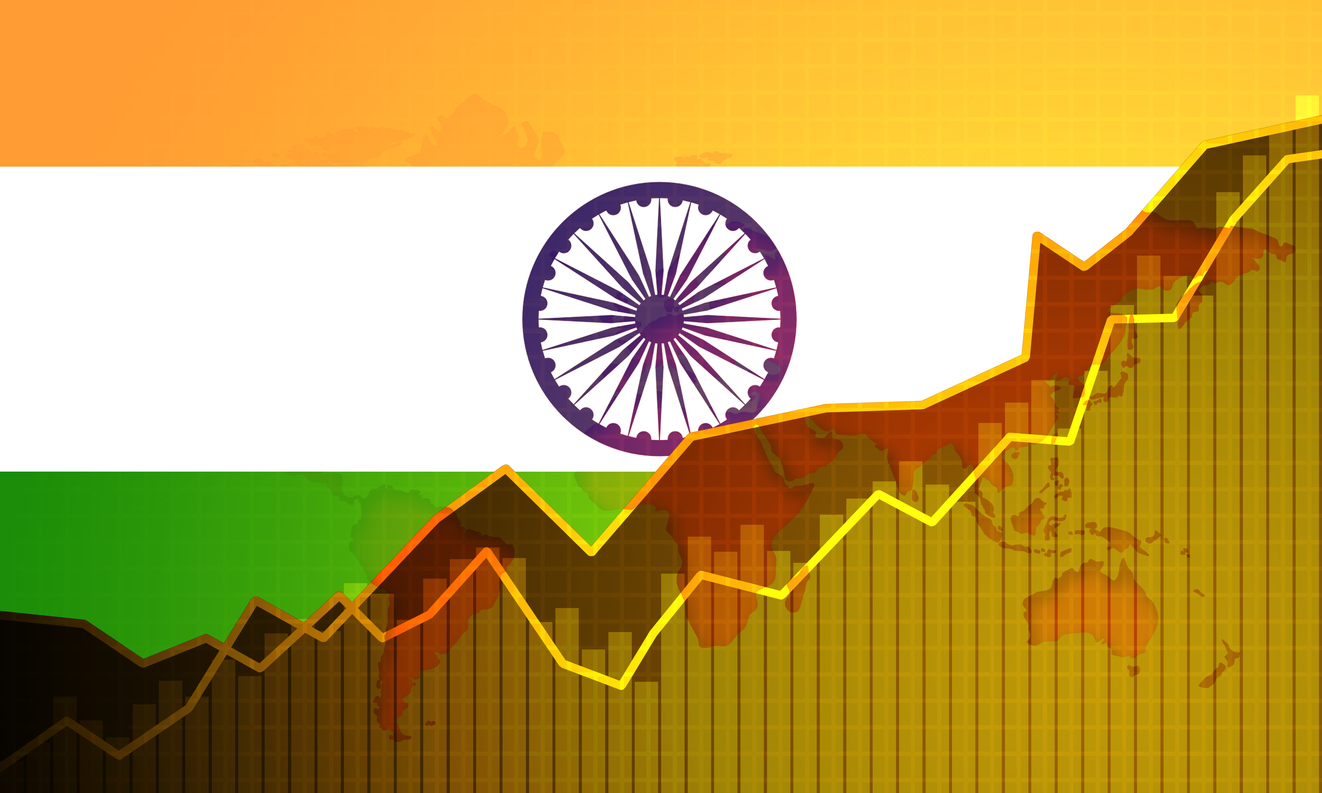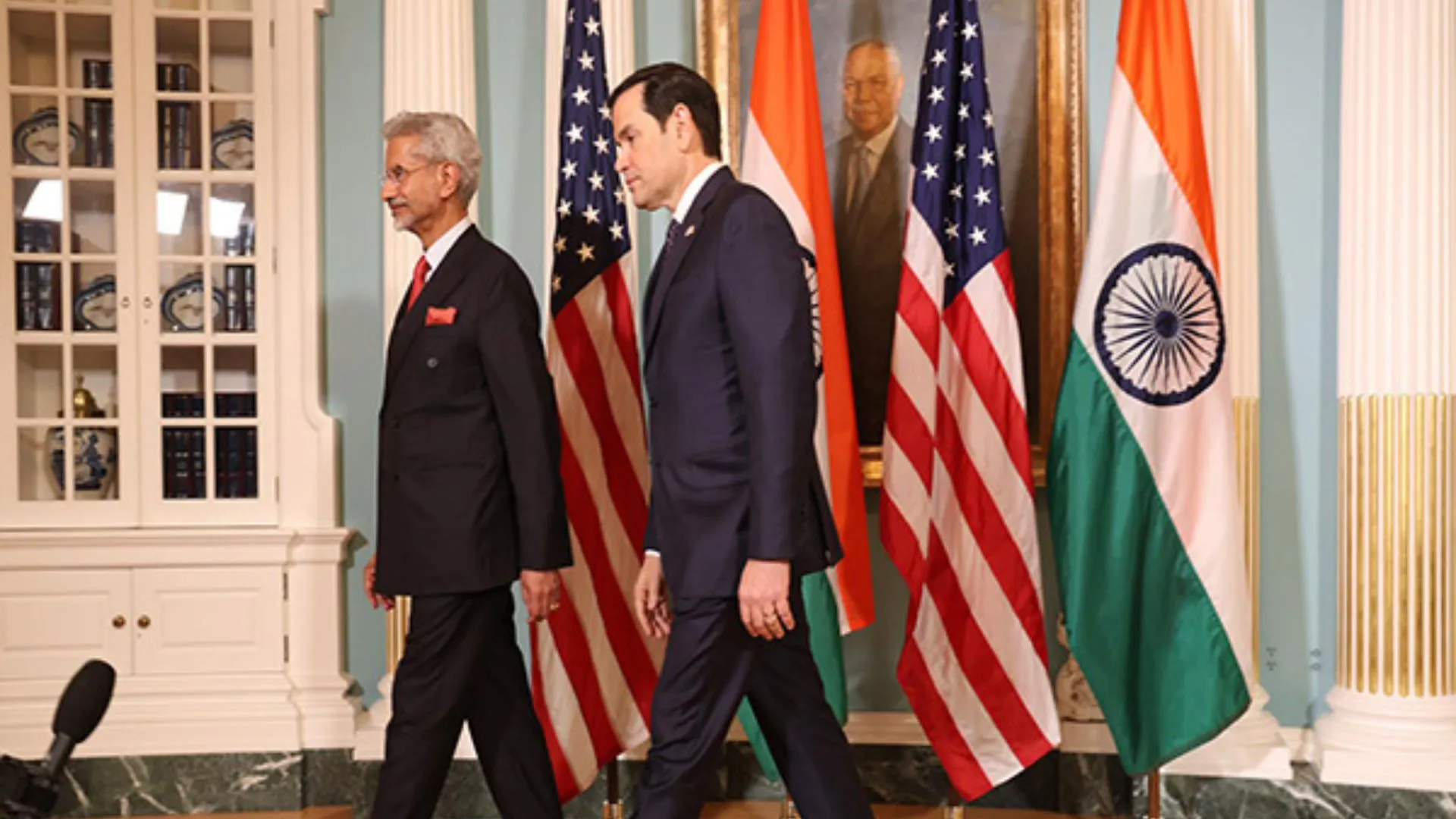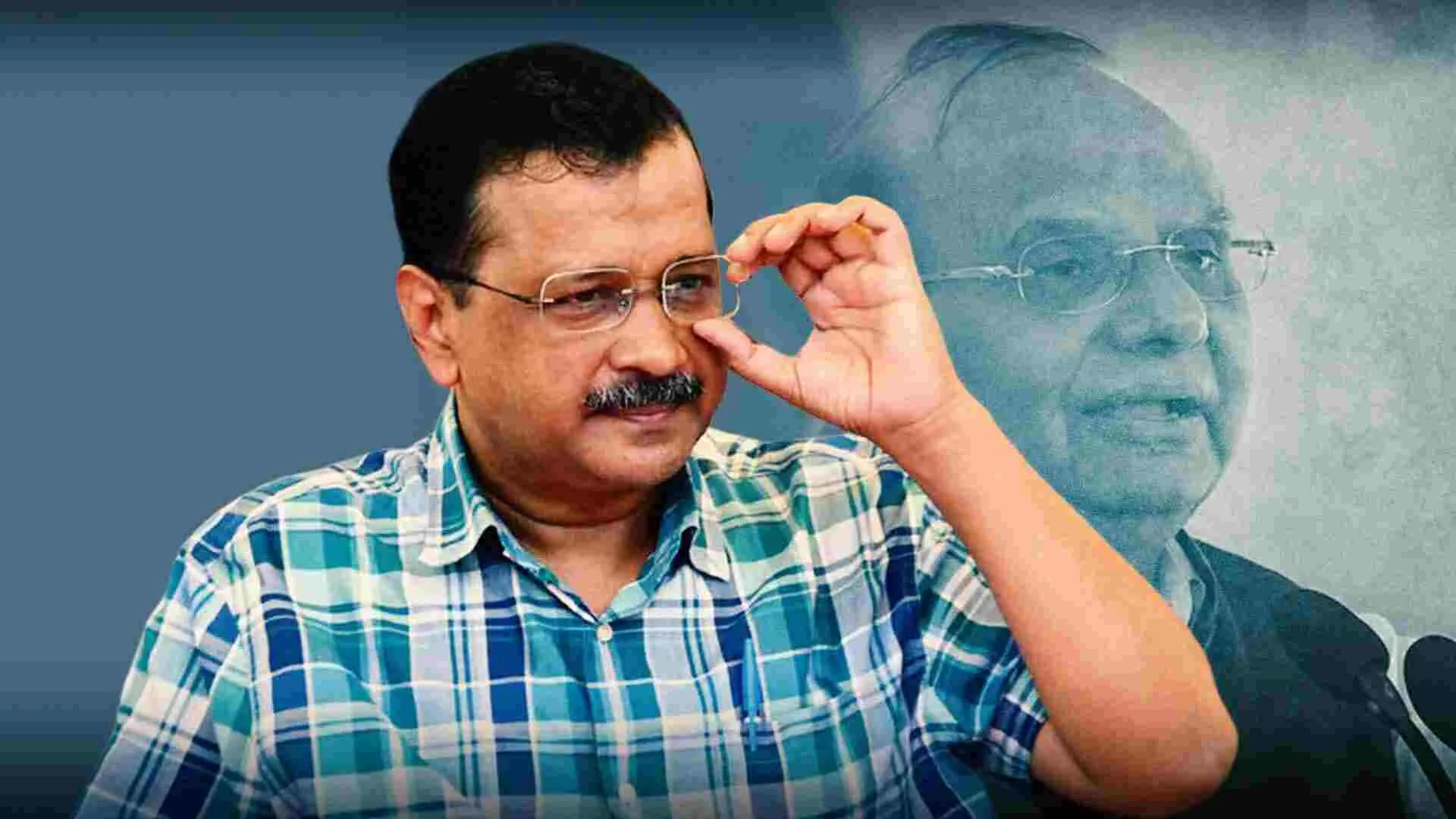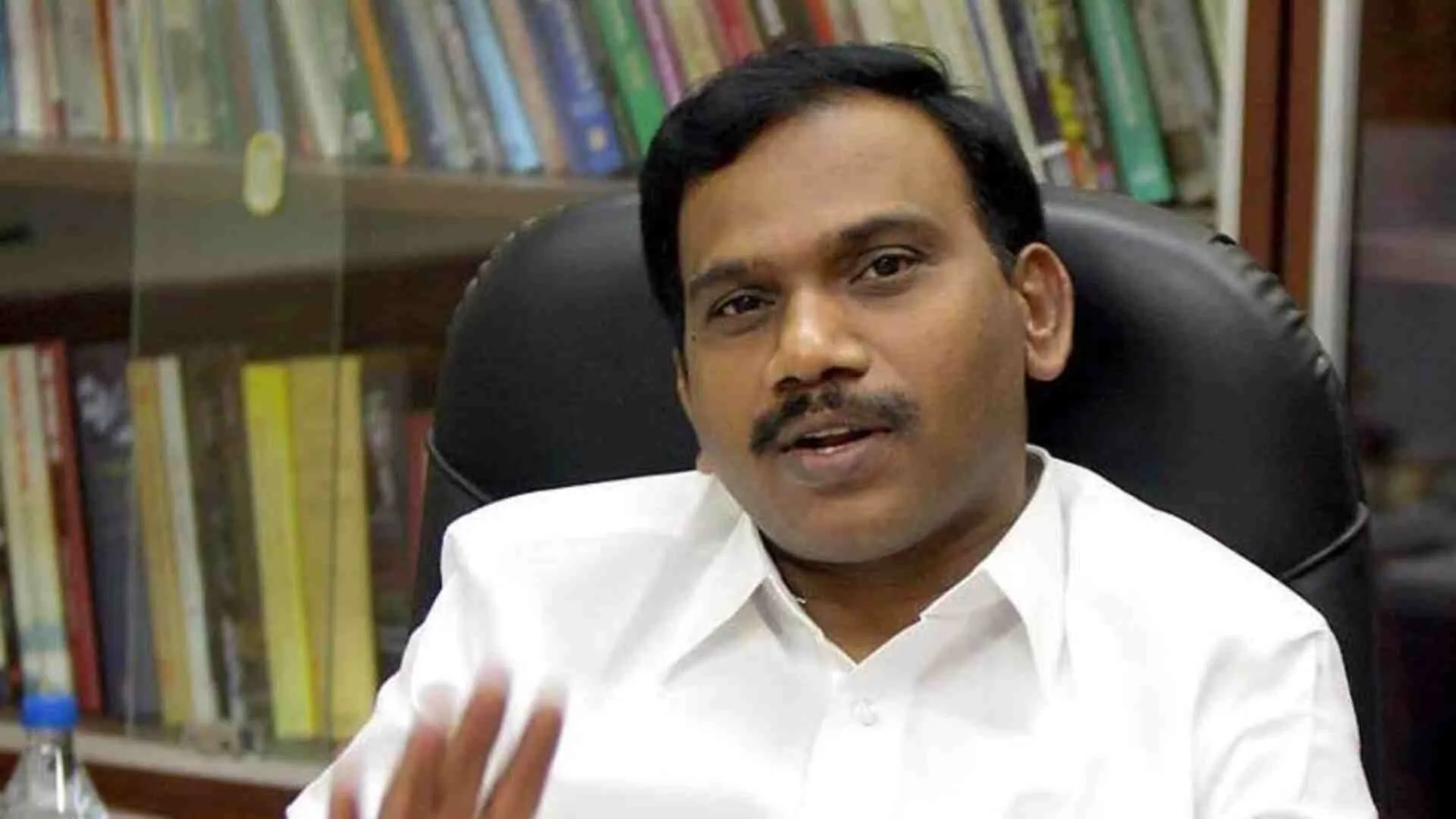Finance Minister Nirmala Sitharaman tabled the Economic Survey 2023-24 in the Parliament on the first day of the Budget session which had said that India was a resilient economic powerhouse, deftly navigating global headwinds while charting its own course towards sustainable and inclusive growth.
With a robust GDP growth of 8.2% in FY24, the survey underscores India’s economic strength and adaptability in the face of external challenges.
It painted a comprehensive picture of an economy transitioning from recovery to growth, balancing immediate development needs with long-term sustainability goals.
The report has highlighted India’s unique approach to climate action, emphasizes the critical role of strategic sectors like agriculture and MSMEs, and outlines a vision for harnessing technology and human capital to fuel the next phase of growth.
On Tuesday, Sitharaman will present the Budget document. The economic survey is prepared by the Economics Division of the Department of Economic Affairs under the guidance of Chief Economic Advisor, who at the present is V Anantha Nageswaran. It offers an in-depth review of India’s economy for the past financial year and provides a summary of the government’s economic performance, highlighting major developmental programs and policy initiatives and an outlook for the upcoming financial year.
The survey tabled on Monday said that India’s economy has shown remarkable resilience, exceeding the 8% growth mark in three out of four quarters of FY24. This growth came despite external challenges, which highlighted the country’s economic stability.
According to Sitharaman, the focus on maintaining macroeconomic balance has ensured minimal impact from global disruptions even as the Global economic growth was 3.2 per cent in 2023 as per the April World Economic Outlook.
As per the survey document, the government’s thrust on capital expenditure and sustained private investment momentum has boosted capital formation growth, with Gross Fixed Capital Formation increasing by 9% in real terms in 2023-24.
Inflationary pressures, stoked by global issues and supply chain disruptions, have been effectively managed through administrative and monetary policy responses, the survey claimed while adding that retail inflation declined to 5.4% in FY24 from 6.7% in FY23.
The survey pointed out that the transmission of monetary policy to core inflation was unambiguous, with core inflation declining by around four percentage points between April 2022 and June 2024 in response to the RBI’s repo rate increases.
As per it, the Reserve Bank of India projects inflation to fall further to 4.5% in FY25 and 4.1% in FY26, assuming normal monsoons and no external shocks.
The report stated that India’s current account deficit narrowed to 0.7% of GDP in FY24, an improvement from 2.0% in FY23. This was primarily due to strong services exports counterbalancing subdued global demand for goods.
India maintained its position as the top remittance recipient country globally, with inflows reaching $120 billion in 2023. The banking sector showed stellar performance with double-digit credit growth and multi-year low non-performing assets. The market capitalization of the Indian stock market saw a remarkable surge, with India having the fifth-largest market capitalization to GDP ratio globally.
Primary capital markets facilitated capital formation of ₹10.9 lakh crore during FY24, which is approximately 29 per cent of the gross fixed capital formation of private and public corporates during FY23,it noted.
However, the positive report card could not transfer the same positive sentiments to the market with the BSE Sensex going down by 0.13 per cent at 80502 points, while Nifty50 dropped by 0.21 per cent to close at 24509 points from its previous day.
As per the survey report, sectorally, the agriculture and allied sectors registered an average annual growth rate of 4.18% at constant prices over the last five years, though growth moderated to 1.4% in 2023-24 due to weather-related challenges. Industrial growth reached 9.5% in FY24, with manufacturing and construction nearing double-digit growth.
The government claimed that the Production Linked Incentive (PLI) schemes have attracted significant investments, boosting production and exports in key sectors. The services sector, contributing about 55% to the economy, grew by 7.6% in FY24, with services exports maintaining steady momentum and accounting for 44% of India’s total exports.
Significant progress has been made in infrastructure development across various sectors, the survey had said. The average pace of national highway construction increased to 34 km per day in FY24 from 11.7 km per day in FY14.
Capital expenditure on Railways has increased by 77% in the past 5 years. In FY24, new terminal buildings at 21 airports were operationalized, increasing overall passenger handling capacity by approximately 62 million passengers per annum.
Under the Jal Jeevan Mission, tap water connections have been provided to more than 14.89 crore rural households (76.12%).
The survey emphasized India’s commitment to addressing climate change while balancing developmental priorities. India is recognized as the only G20 nation in line with 2-degree Celsius warming targets, it said.
The share of non-fossil sources in installed electricity generation capacity reached 45.4% as of May 2024, and the country has reduced the emission intensity of its GDP from 2005 levels by 33% in 2019.
Importantly, the survey stresses the need for India to adopt climate solutions rooted in its cultural and social fabric, rather than blindly following Western approaches.
In the social and health sector, the Ayushman Bharat scheme has generated over 34.7 crore cards and covered 7.37 crore hospital admissions.
The unemployment rate declined to 3.2% in 2022-23, with rising youth and female participation in the workforce. Net payroll additions under EPFO have more than doubled in the past five years, indicating healthy growth in formal employment.
The document stated that India became a net exporter of finished steel over the past decade, with the sector achieving its highest levels of production and consumption during FY24. Similarly, Coal production has accelerated over the past five years, reducing import dependence. In FY24, India produced 997.2 million tonnes of coal.
It noted that India’s pharmaceutical market is valued at USD 50 billion, making it the world’s third largest by volume while the export of textiles and apparel, including handicrafts, increased by 1%, reaching ₹2.97 lakh Crore.
In the field of electronics manufacturing, domestic production of electronic items increased significantly to ₹8.22 lakh Crore, while exports rose to ₹1.9 lakh Crore in FY23 and India’s share of foreign exchange earnings in world tourism receipts increased from 1.38% in 2021 to 1.58% in 2022.
The report stated that India has 55 active space assets, including various types of satellites and as of June 2024, India had 8.02 lakh mobile towers and 29.37 lakh Base Transceiver Stations (BTSs).
The report card also spoke about the Digital Agriculture Mission 2021-2025 which aims to modernize agriculture through advanced technologies. The DigiLocker platform has reached over 26.28 crore registered users and over 674 crore documents. The number of DPIIT-recognized start-ups increased from around 300 in 2016 to more than 1.25 Lakh by the end of March 2024. Patents granted increased seventeen-fold from 5,978 in 2014-15 to 103,057 in 2023-24.
The report also notes the growth of Global Capability Centres (GCCs) in India, which have increased from over 1,000 centres in FY15 to more than 1,580 centres by FY23. The Indian e-commerce industry is expected to cross $350 billion by 2030, signalling robust growth in the digital economy.
It suggests that in the medium term, the Indian economy can grow at a rate of 7% plus on a sustained basis if it builds on the structural reforms undertaken over the last decade.
While highlighting achievements, the survey also points out challenges that need addressing. These include the need for increased private sector financing in infrastructure development, improving the collection and aggregation of infrastructure-related data, addressing bottlenecks in the MSME sector, enhancing R&D and innovation across industries, and improving workforce skill levels.
Similarly, it noted that the agriculture sector faced challenges due to extreme weather events, depleted reservoirs, and crop damage, which impacted farm output and food prices. Consequently, food inflation stood at 6.6 per cent in FY23 and increased to 7.5 per cent in FY24.





















